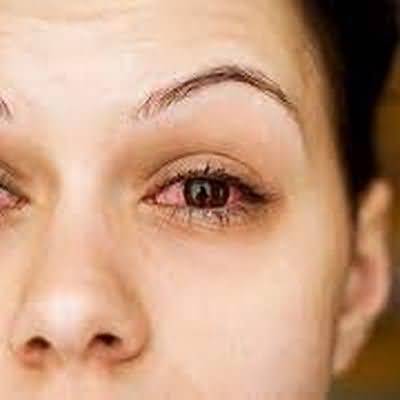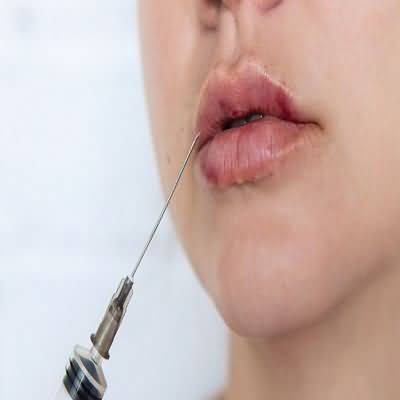chemical conjunctivitis keratitis
chemical conjunctivitis keratitis
Chemical burns are treated by copious irrigation of the eyes as soon as possible after exposure, with tap water, saline solution, or buffering solution if available
Neutralization of an acid with an alkali or vice versa may cause further damage
Alkali injuries are more serious and require prolonged irrigation, since alkalies are not precipitated by the proteins of the eye as are acids
It is important to remove any retained particulate matter, such as is typically present in injuries involving cement and building plaster
This may require double eversion of the upper lid
The pupil should be dilated with 1% cyclopentolate, 1 drop twice a day, to relieve discomfort, and prophylactic topical antibiotics should be started
In moderate to severe injuries, intensive topical corticosteroids and topical and systemic vitamin C are also necessary
Complications include mucus deficiency, scarring of the cornea and conjunctiva, symblepharon (adhesions between the tarsal and bulbar conjunctiva), tear duct obstruction, and secondary infection
It is difficult to assess severity of chemical burns without slit-lamp examination


















